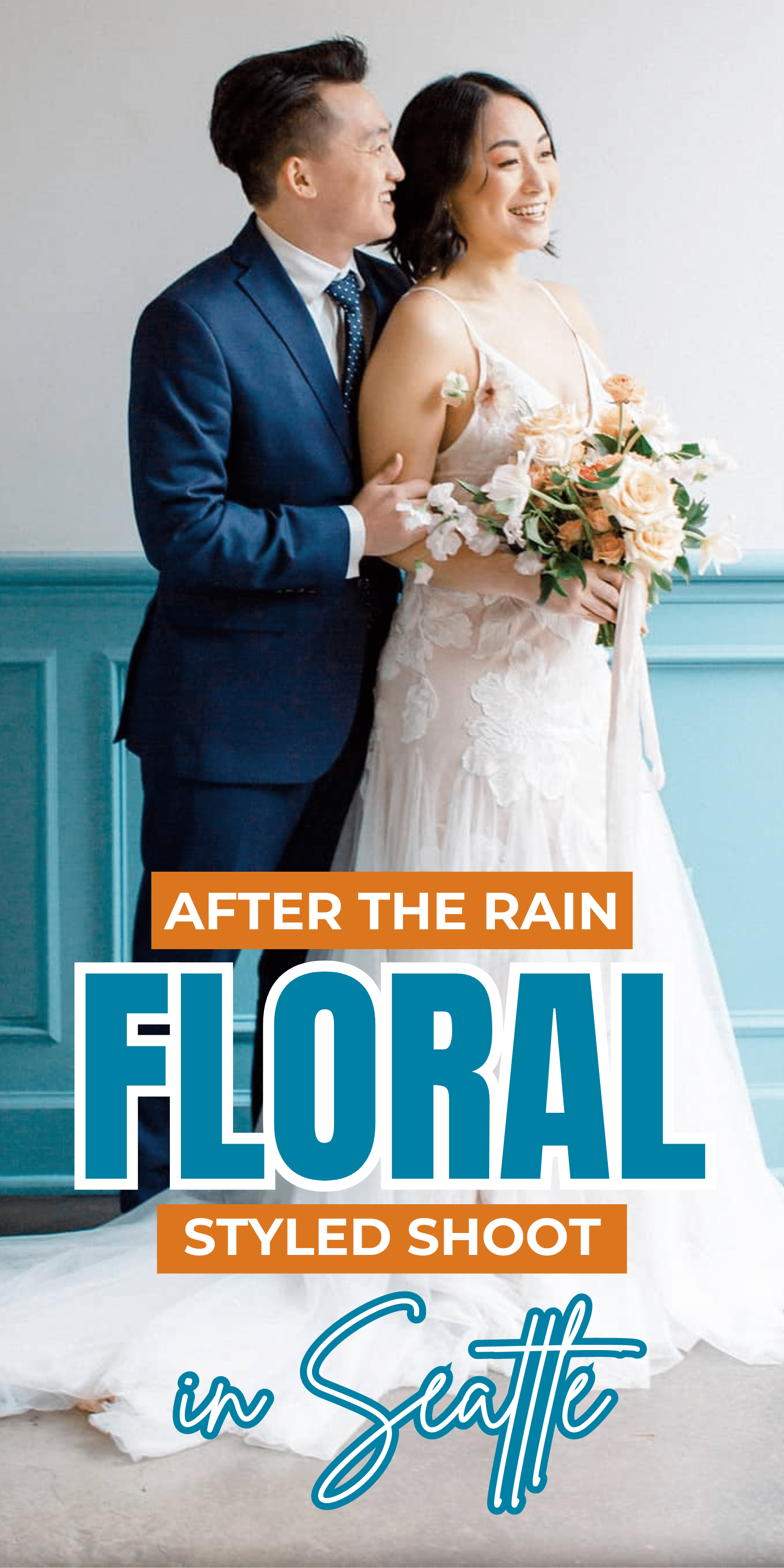Marquise cut diamonds are one of the more unusual vintage-inspired diamond cuts in the fine jewelry world. Used as focal points or as accent stones, these beautiful glittering gems are less well-known than round brilliants, princess cuts, or emerald cuts. Marquise diamonds have their roots in French aristocracy, appealing to lovers of fine, gilded royal pedigree as well as history geeks fascinated by a good story.
When shopping for this distinctive diamond shape, it’s best to be aware of both its unique advantages and its pitfalls. You should also know that not all marquise diamonds are cut to the same standard, and each stone has its own individual personality.
After a brief history lesson, we’ll share tips on how to choose the marquise cut diamond that’s right for you.
What Is a Marquise Cut Diamond?
The marquise is a type of brilliant cut diamond, which means it shares the same glittering optical properties of sparkle and scintillation as a round brilliant. It has a lot in common with other elongated brilliant cuts such as the oval and pear cuts.
A marquise is a long, slender diamond that curves gently in the middle and comes to a point at either end. It’s also called a Navette in French which means “little boat”, referring to the long curve of a ship’s hull.
Speaking of French, a “Marquise” is the French word for either a lady Marquis or a Marquis’ wife or widow. In English, she’s called the “Marchioness” (the man is a “marquess”). This is a formal aristocratic rank in between a countess and a duchess.
The legend goes that the marquise cut was originally commissioned in the eighteenth century by King Louis XV to resemble the lips of his mistress, the Marchioness Madame de Pompadour (I wonder how Louis’ wife felt about that?).
Though originally designed for use with diamonds, marquise cuts are now used with a wide variety of gemstones.
Shopping for a Marquise Cut Diamond
Though it may seem straightforward at first, when you start shopping you’ll realize that every marquise cut diamond is absolutely unique and each one needs to be approached with a fresh eye. Here are a few important factors to keep in mind when looking at this unusual diamond cut.
Quality
Just like other diamonds, this cut comes in a range of carats, color, clarity, and cut grades.
Carat
In terms of carat weight, one of the great things about marquises is that their elongated shape makes them look larger to the eye than other shapes of the same carat weight. While the average 1ct round brilliant is about 6mm in diameter, or just over a half-centimeter, a 1ct marquise is around a centimeter long!
This means that you can spend a little bit less on carat value while still getting a substantial, eye-catching gem and put that money you’ve saved towards other quality factors like clarity and color.
Clarity
Like other brilliant cuts, the facets on this design are made to minimize imperfections when it comes to both clarity and color grading. However, you want to avoid any blemishes or inclusions right under the table (that’s the largest facet right on top when viewed face-up), where they’ll be most obvious.
For brilliant cuts, the best value is somewhere in between VS1 and SI2 — any lower than that and the stone begins to look cluttered, any higher and you’re spending extra money on something you can only see under a microscope.
For the lower SI1-SI2 grades, make sure you can either view the stone in person or have a look at a detailed grading report that shows you where the blemishes are so you can avoid anything prominent that will detract from the stone’s beauty.
Color
If your stone is in one of the lower color grades — between I and M, for instance — most of the color will be concentrated at the tips. If you’ve chosen a yellow gold setting for your diamond (we’ll talk more about settings in a minute), the stone will still look white next to the yellow metal. If you’re setting your marquise diamond in white gold, the off-color will be more obvious.
In a yellow gold setting, anything from near colorless H to about a K will still look nice and bright; in a white gold setting it’s best to stick to the colorless range, from a D down to a G.
Cut
As we know, the cut grade of a diamond is the most important factor of its overall beauty because it determines how effectively the stone plays with the surrounding light. A poorly cut diamond will allow the light to simply pass through it as though it were made of glass instead of breaking up into the scintillating rainbow colors that diamonds are best known for. Prioritizing diamond cut is essential.
Unlike standard round brilliant diamonds, however, marquise cuts don’t receive a formal cut grade. They require a more subjective eye to evaluate the amount of brightness, fire, and scintillation that comes from the light passing through the stone.
When looking at elongated diamond shapes such as marquise, pear, or oval cuts, one of the immediate giveaways of a poorly cut diamond is the presence of the “bow tie effect”. A diamond with poor light retention will show a long dark shadow going across the “belly” of the diamond (more on diamond bellies down below). Most longer diamond shapes will have at least a hint of this bow tie cutting across its width, but in a well-cut diamond, the bow tie will be very subtle and hidden under the sparkle and flashes of light.
When shopping for a marquise cut diamond, look for one with a lot of sparkle that doesn’t have a dark shadow passing through it.
Fancy-shaped diamonds don’t receive a cut grade the way round diamonds do, but in general, the best cut marquise diamonds have a table percentage of 53-62%, a total depth percentage of 58-62%, and width ratio of 1.6-2.2.
You can read more about how to read cut grades in our article on understanding diamond cut.
Shape
We’ve discussed what a marquise shape is, but did you know that not all marquise cut diamonds look the same? To understand the marquise cut better, let’s look at the three components of marquise diamond shape.
Points
The “points” refer to the places where the diamond comes to a tip at either end (not to be confused with the other “points” that refer to carat weight — a one-hundredth of a carat, or a five hundredth of a gram). Pear, heart, and star-shaped diamonds all have points. This is the most fragile part of the diamond.
Belly
The “belly” is the rounded, curving part perpendicular to the tips. This is where the diamond is widest.
Wings
The “wings” are the sloping curves that join the belly to the tips. A marquise-cut has four wings.
It’s difficult to quantify exactly what makes this shape visually pleasing, but you’ll know something’s off when these parts aren’t working in harmony.
In a poorly cut diamond, the wings may be “bulged” or “flat”, where they curve too far outward or don’t curve enough. This may be done either to increase the carat weight of the finished stone or to cut away an inclusion that would have lowered the clarity grade. A poorly cut diamond might also have blunt, undefined points, or it may be cut too long or too short.
The shape measurements of a diamond are expressed in terms of a length to width ratio — the perfect ratio for a marquise cut diamond is largely a matter of personal preference, but the best-selling marquise diamonds have ratios between 1.6:1 and 2.2:1. The higher the ratio, the longer and thinner the diamond will be.
A marquise cut diamond with a ratio that is too low will look rounded and stubby. A Marquise diamond with a ratio that is too high will begin to look like a thin sliver, and it will become too fragile. Here is a good example of some marquise cut ratios.
Setting
Once you’ve found your perfect marquise diamond in just the right size, color, clarity grade, and length to width ratio, the last step is to match it with a setting!
When wearing a marquise cut diamond, the most important thing is to make sure that the delicate points are protected. Most rings will use V-shaped prongs that wrap around the tips to keep them from getting battered. You can also opt for a bezel setting, which lines the entire outline and is great for people with very active lifestyles.
Marquise cut diamonds look great as a solitaire or with accent diamonds. Because of their bold curves and their aristocratic lineage, these diamonds are a natural choice with vintage-inspired designs. Consider something with the delicate Edwardian whispers of a filigree ring setting, or a geometric art deco design.
Your unusual diamond is going to be getting a lot of attention, so you want an accompanying setting that will elevate it from beautiful to spectacular.
Undeniable Glamour and a Rich History
As you can see, marquise cut diamonds are one of the great unsung stars of the fine jewelry world. Combining the bright, glittering sparkle of a round brilliant diamond with the vintage elegance of emerald and rose cuts, these diamonds are an indisputable showstopper.
In addition to being flattering to the finger, their complex faceting arrangement shows off an extraordinary play of light while downplaying off colors and inclusions. If well cared for, a stunning marquise diamond engagement ring will become an heirloom that remains elegant and fashionable for generations.
TIP: Save THIS PIN to your Diamonds board on Pinterest and get back to this post later.
 Pin
Pin













Leave a Reply